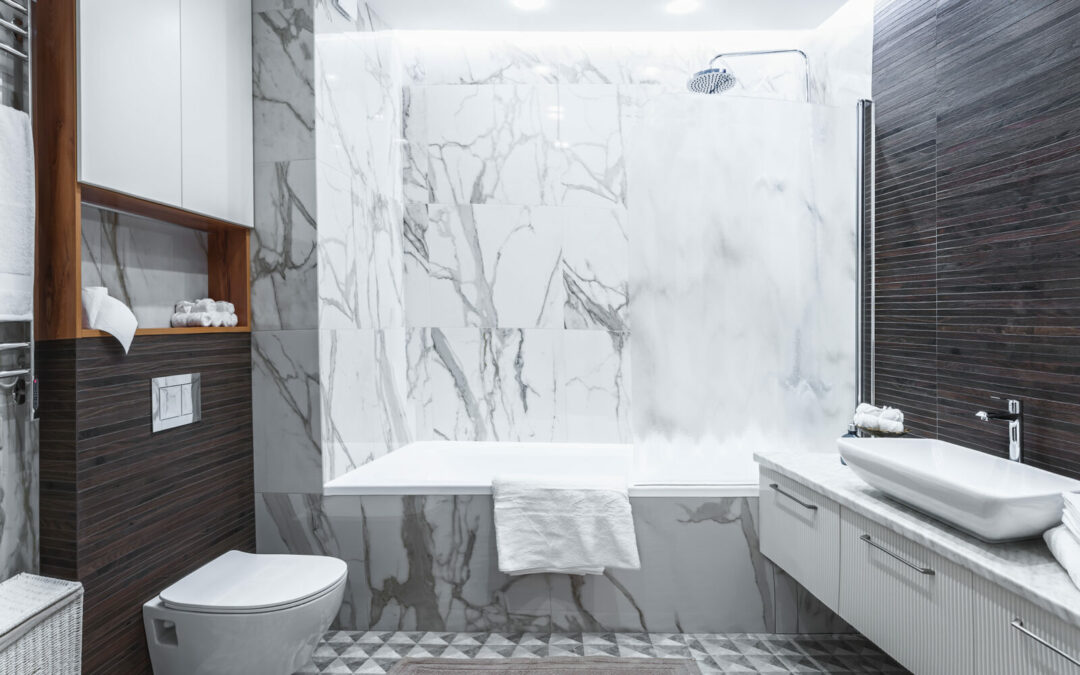Problems in the bathroom tend to creep up on us and catch us unaware. We will highlight some problems to be on the lookout for and try to provide some solutions for them. We will guide you through water issues, clogged drains, dripping taps, and running toilets.
No Hot Water in the Shower
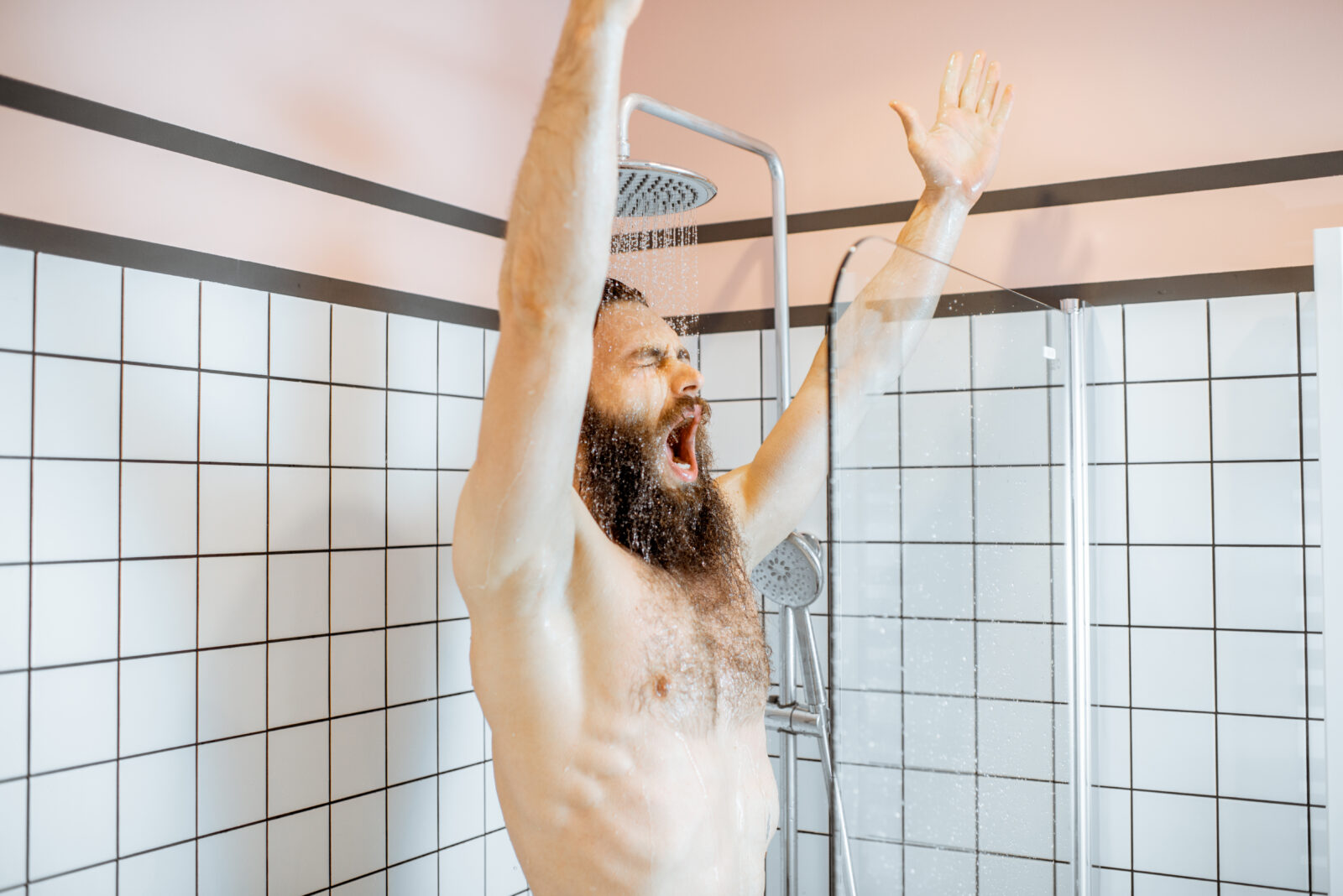
There is not much worse than needing a hot shower and discovering there is no hot water. The first thing that needs to be done is to try and figure out what the problem is. If you are the last person to shower in a house full of people, it might simply be a case of the hot water being depleted. Wait a while and try again.
Another thing to test is to see if hot water is coming out of other taps in the house. If all the taps run cold, you may have a problem with your geyser. On the other hand, if you get hot water from different taps, the problem is probably your shower.
Over the years, the cartridge within the shower mixer may wear out, causing difficulties mixing hot and cold water. These are inexpensive and easy to replace; remove the holding nut and pull it out. Next, push the new cartridge in and fit the locking nut.
Clogged Drains
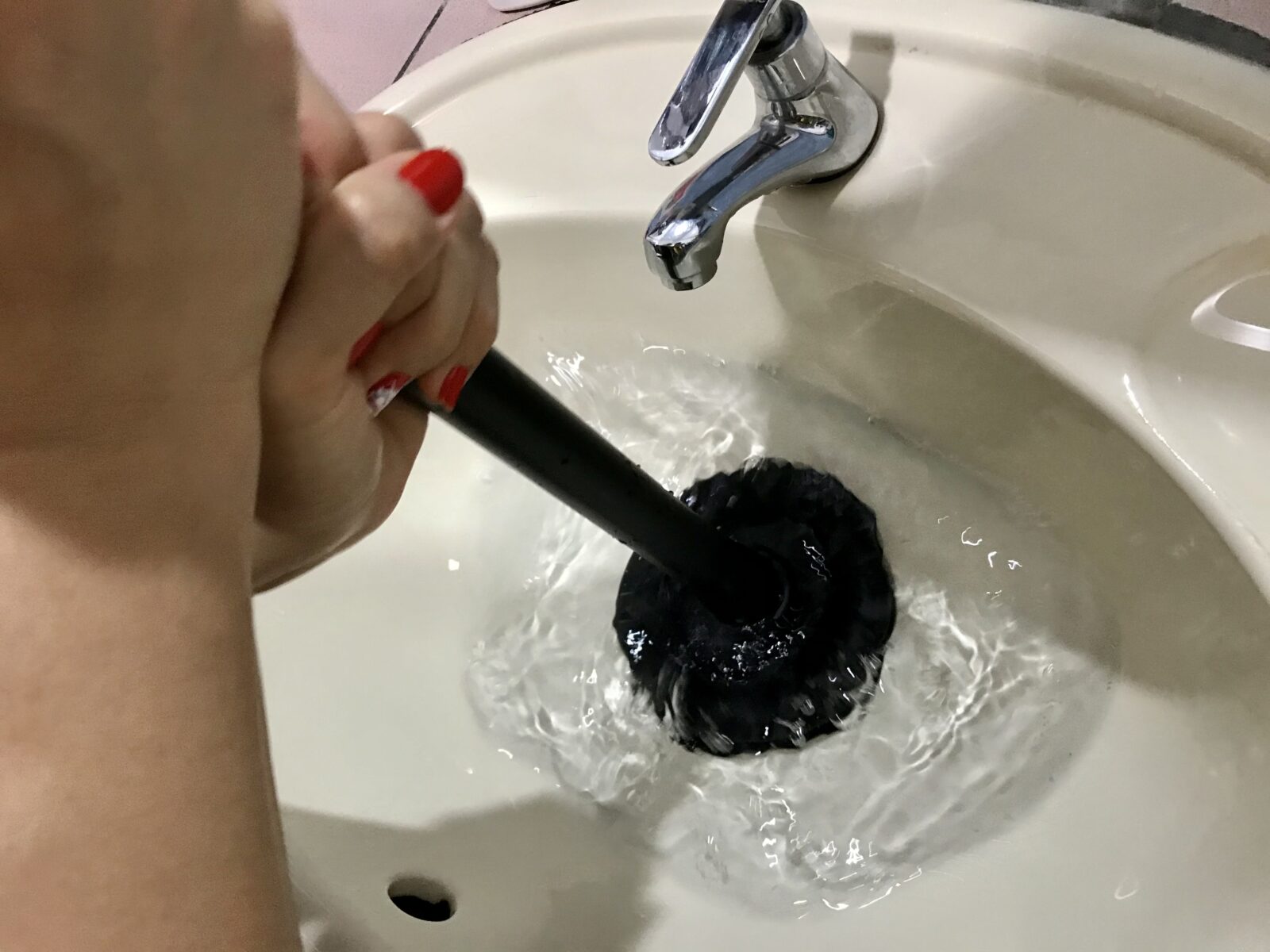
Are you having issues with clogged and smelly drains? This is often caused by organic matter getting stuck in the drain or pipes. A cheap and effective solution is to pour vinegar, baking soda, and water down the drain. This will help to break down clogs and eliminate foul odours. Not only is this method environmentally friendly, but it is cheap too.
Low Water Pressure
When experiencing low water pressure from your tap, the first thing to check is whether it affects both the hot and cold water. If both the hot and cold have low pressure, the most common problem is the aerator. Calcium deposits build up in the tap aerator and, in turn, decrease the water pressure. A clogged aerator is easy to fix. To clean out a tap aerator, carefully remove the aerator, clean out any debris and build-up, and put it back on.
Low water pressure in a shower can be frustrating, to say the least. One of the causes could be an old showerhead. Test this by removing the head and checking the pressure. A faulty head can be replaced for a low cost or cleaned with vinegar. Single control showers may cause low water pressure if the cartridge is old or faulty.
Dripping Taps
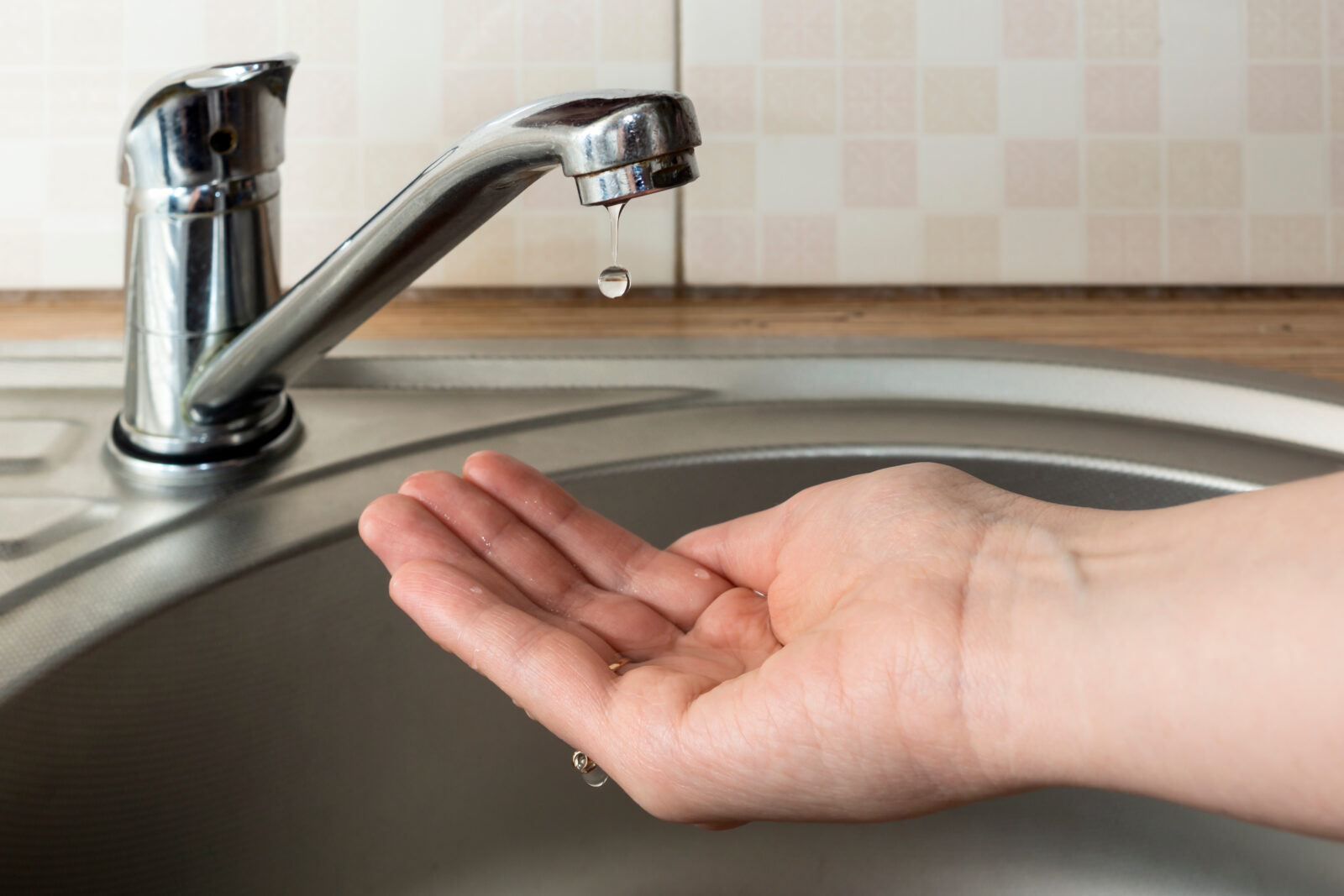
The constant dripping sound of a leaky tap is enough to drive anyone up the wall. Not only that, but it is a massive waste of water and causes you to have a high water bill. There is also the chance of water damage being caused to surrounding areas.
The solution will depend on the type of tap you have. If it is a traditional tap, it might be as simple as replacing the washer. If it is a lever tap, leaking is probably caused by a damaged ceramic cartridge. Replacement would be the best solution.
Running Toilet
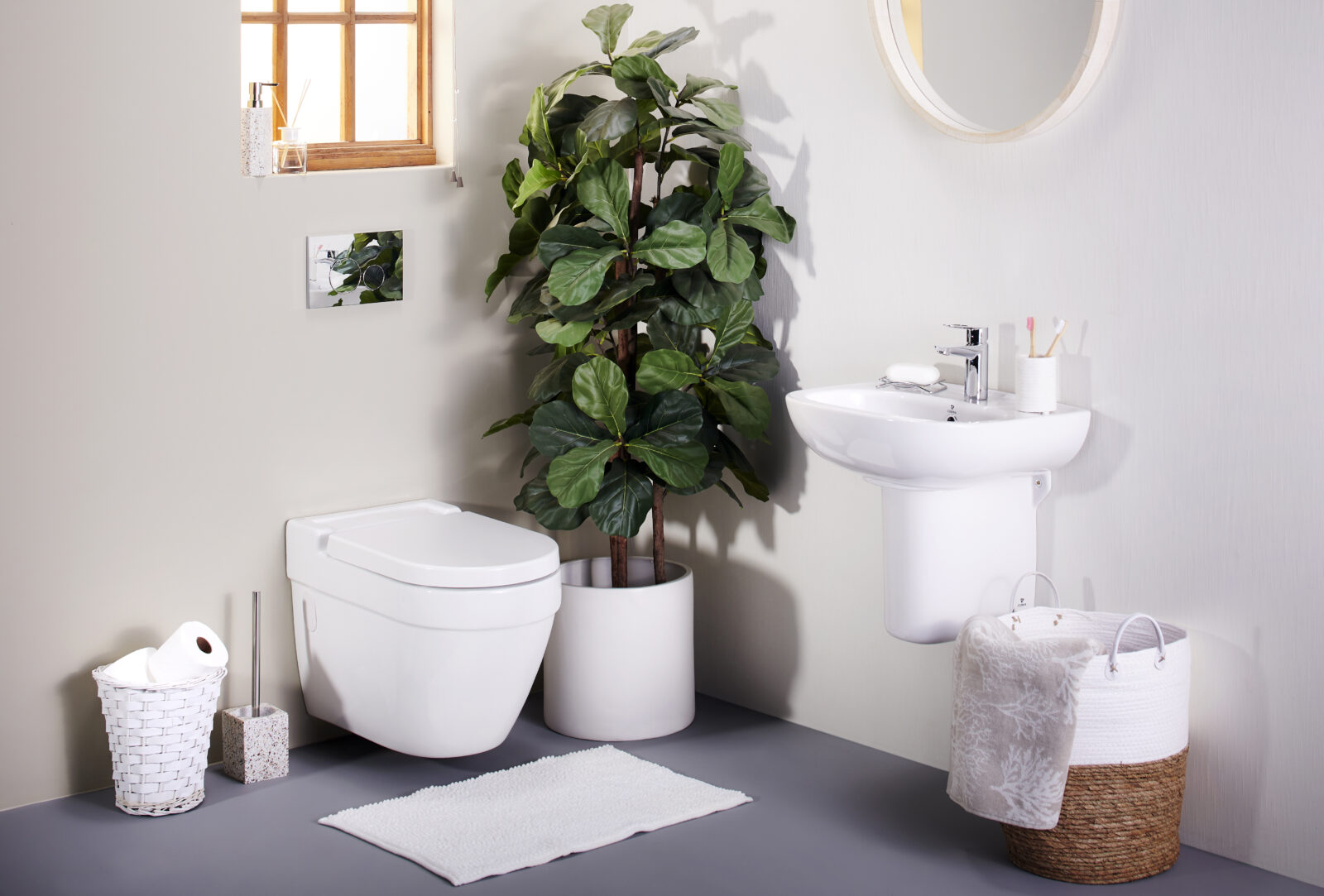
A constantly running toilet can cause headaches, not only with the sound but also with the high water bill. There are three likely causes of a running toilet.
They are:
Problem with the overflow tube
Problem with the flush valve
Problem with the fill valve
The overflow tube is a hollow tube attached to the flush valve. It’s intended to prevent the toilet tank from overflowing if the fill valve does not turn off. The water level inside the toilet tank should always sit below the overflow tube. To reduce the water level inside the toilet tank, you must change the float rod or float.
The primary objective of a flush valve is to allow water to flow into the toilet bowl when the toilet is flushed and to close the valve when the toilet tank is empty to allow the cistern to refill. A constantly running toilet is typically due to an issue with the flush valve washer, so one of the first parts to inspect should be the flush valve. If any defects are found in the washer, it’s good to replace it, but if it appears dirty, the problem may be solved by washing it with a water and vinegar solution. However, if the water from the cistern continues to trickle into the toilet bowl, or you find that the overflow tube is too short, then the entire flush valve will need to be swapped.
The fill valve controls the flow of water into the tank from the main water supply. For example, suppose the overflow tube is a suitable height for the toilet, and the water level is set to about an inch below the top of the overflow tube, but the water constantly flows into the overflow tube. In that case, the problem is the fill valve.

